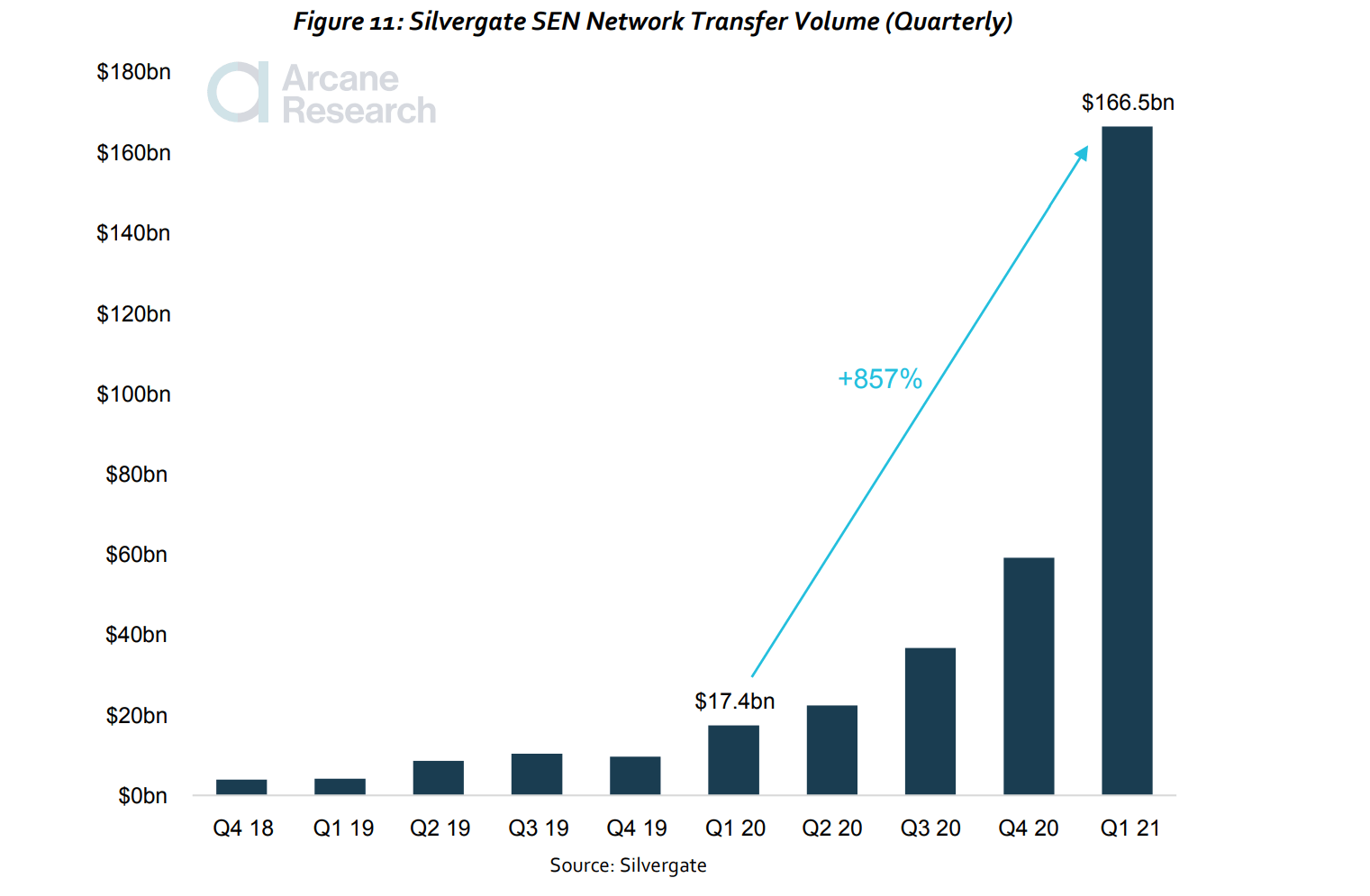Maker’s Endgame Set to Revolutionize DeFi Protocols
With DeFi facing existential threats, the protocols are fighting back. MakerDAO has a plan to keep DeFi permissionless; the first phase of “Endgame” begins in early 2024.
Maker (MKR) is a smart contract platform running on Ethereum that backs and stabilizes the value of the DAI stablecoin cryptocurrency. It is operated and managed by the MakerDAO, one of the oldest and most notable Decentralized Autonomous Organizations in the digital asset space.
The Maker platform keeps the DAI cryptocurrency pegged 1:1 with the USD through a dynamic system of Collateralized Debt Positions, autonomous feedback mechanisms, and appropriately incentivized external actors. The Maker token (MKR) is an Ethereum ERC-20 token and is the native governance token of the Maker platform. It has a fluctuating price when compared to DAI. The choice of currency DAI is pegged to is fluid and can be adjusted by the DAO.
Year-to-date (YTD) the price of the token has risen by ~117.9%. The token has shown significant alpha in the already bullish digital asset market of 2023. In comparison, market benchmarks Bitcoin (BTC) and Ethereum (ETH) are up ~55.6% and ~34.7%. MKR has also performed strongly compared to tokens in comparable sectors. The largest governance token in crypto, Uniswap (UNI), is down ~18.2% year-to-date. MKR is the largest token in crypto tied to a decentralized borrowing and lending platform (a sector of Decentralized Finance or ‘DeFi’). The next largest token in the sector, Compound (COMP), is up ~17.6%
Maker, one of Ethereum’s most popular decentralized applications (Dapps) revealed in early September, a plan to shift to a native chain of its own, amongst a host of other major changes to the protocol which will begin to roll out in 2024.
Appropriately, the upcoming MakerDAO chain will be called the ‘Newchain’. The Newchain is a component built into the wider Endgame plan, which is far-reaching and has numerous branches. This aggressive shift to make the platform more durable and resilient in the long term may be a key factor in the MKR token’s price success this year.
Source: DeFiLlama
Tornado Cash Blown Away: Endgame is Near
In September 2022, Rune Christensen, the founder of Maker, revealed a grand proposal motivated by the sanctions against Tornado Cash, a supposedly decentralized Ethereum coin mixing service. Individuals tied to Tornado Cash were targeted by US government agencies after criminals in North Korea and Russia used the application to hide nefarious transactions.
Christensen, anticipating future persecution for individuals and the protocol itself, outlined two paths for Maker and other decentralized applications. Either become a Fintech product and work with potentially limiting regulations, or, try and make Maker as “bitcoin-like” as possible. While it may lead to the protocol being shut down and there are clearly risks to non-anonymous identities such as Christensen tied to the project, Maker is going for the second option.
Following initial discussions, Maker Governance accepted the MIP laid out by Christensen on October 24th, 2022, and authorized the Endgame. Maker is now pushing to be as decentralized as possible.
After some variations and tinkering, the MakerDAO arrived at the current version of the Endgame proposal that was accepted on February 17th, 2023. Thus began the biggest restructuring of the MakerDAO since the dissolution of the Maker Foundation in 2022.
Summary of the MakerDAO project leading up to the Endgame
2015: Genesis
MakerDAO was founded by Dane Rune Christensen who previously worked in recruitment. The original concept was to create a stablecoin without any centralized control, making it different from alternatives with centralized issuers like Tether.
2017: SAI (Single-Collateral DAI)
In December, MakerDAO launched the first version of its so-called algorithmic stablecoin, SAI Single-Collateral DAI or SAI. With this first version, Ethereum (ETH) was the only collateral type.
2018: DAI Adoption and Governance
The popularity and adoption of DAI grew following the first crypto bull run and it became the stablecoin of choice for many Ethereum users. It also became a way to create leveraged long ETH positions.
The MakerDAO also implements a governance system centered around the Maker (MKR) token. MKR holders are able to vote on various proposals, including adjustments to the Stability Fee (akin to an interest rate) to help maintain DAI’s peg to the US Dollar.
2019: Migration to Multi-Collateral DAI (MCD)
In November, MakerDAO expanded from Single-Collateral DAI (SAI) to Multi-Collateral DAI (MCD). This allowed multiple types of assets, not just Ether, to be used as collateral for minting DAI.
The Dai Savings Rate (DSR) is introduced, allowing DAI holders to earn interest on their holdings within the Maker ecosystem.
2020: Expansion of Collateral Types
Throughout this year, numerous types of collateral were approved through Maker governance to be used as collateral to issue DAI. This included both crypto assets and real-world assets. This further decentralized the collateral backing DAI. Despite the inherent volatility of Ether, it was (and still is) the core asset that is used to back DAI.
Source: Dune Analytics/onchain, Wrapped Ether is in dark gray
The MakerDAO community faced one of its most difficult challenges, during the March 2020 "Black Thursday" market crash. A rapid decline in Ether’s price caused massive liquidations for the overcollateralized lenders at the center of the Maker model. The MakerDAO governance community had to come and fight to ensure the system was re-stabilized.
2021: Further Developments and Scaling
MakerDAO began making significant progress in integrating real-world assets as collateral. It worked with various partners to bridge the gap between traditional finance and DeFi. This was designed to ensure that more stable assets beyond volatile crypto assets were used to back the DAI stablecoin.
A key step to decentralize the governance of Maker was made when it was decided that the Maker Foundation should be dissolved. The Maker Foundation was a centralized foundation that remained at an arm’s length from the MakerDAO but supported it. Its primary objectives were to bootstrap the system, provide necessary resources, foster adoption, and ensure the initial governance of the protocol was robust and decentralized.
Maker’s Endgame
The first phase of the Endgame is set to begin in early 2024. The details and specifics of the ‘Endgame’ are far-reaching and fluid. They are, however, bound by a series of key goals—
- Ensure that the Maker Protocol is resilient to external factors like regulatory action.
- Ensure Maker scales in a decentralized manner and scope creep is cut out.
- Align incentives to foster ecosystem-wide positive community participation and engagement. Tied to this is reducing governance overhead, or, the operating costs associated with MKR holders participating in governance.
- Spread out MKR so token supply is never dominated by a few holders. This will be done through revised tokenomics and emission schedules.
- Ensure the MakerDAO continues to make a meaningful charitable impact.
Internally, the path to the Endgame is broken down into 3 key branches — Governance, Operations, and Token Upgrades.
Governance
- The core of improving voting participation will be to try and target voter apathy. To do this MakerDAO proposes breaking up the voting process between — Aligned Voter Committees, and Aligned Delegates. MKR holders will now be able to participate in policy-specific committees where they can discuss ideas with delegates.
- A refocusing on how Maker Improvement Proposals are delivered and accepted. Instead of a previous model where MIPs can be broad and random, post-Endgame, they will have to be aligned with a core business plan called the Maker Atlas.
Operations
- The Endgame will lead to the creation of SubDAOs, smaller decision-making groups within the larger MakerDAO. They will operate as semi-independent entities linked to the larger organization. SubDAOs are set to streamline operations, foster innovation, encourage decentralization, and grow the Maker ecosystem. Actors across the ecosystem are also set to be aligned with mandates within the Maker Atlas. SubDAOs are supported by emissions from Maker Core.
- A shift in budgeting methods to a project-based approach that is designed to deliver results more quickly. This change is hoped to create clarity and accountability by establishing ownership for similar deliverables. Focused ownership should deliver results.
Token Upgrades
- The new Tokenomics for Maker is set to be determined by the Elixir model. With this model, a liquidity pool would be set up with 50% DAI and 50% MKR. The poll called Elixir would be added as Maker Core accumulates more capital. This extra capital is used to support the liquidity of MKR and DAI. Based on a system called the Maker Smart Burn Engine, tokens from the Elixir are also burnt to support the price of MKR during price lulls.
- SubDAOs can also accumulate surplus capital and set up their own Elixir pools. The amount of emissions from Maker Core a SubDAO receives is based on the size of their Elixir pool. SubDAOs are therefore incentivized to accumulate as much excess capital as they can, in order to receive more rewards. Additionally, each Maker SubDAO has its own SubDAO token. Each SubDAO token is a new token that is minted by Maker Core and distributed widely via token farming initiatives.
On September 2nd, Rune Christensen announced that, in his view, the “last phase of Endgame is the launch of a native blockchain for Maker with the codename NewChain.” He says this will make the ecosystem more secure and efficient. He also said that the Solana codebase should be the basis for the new chain. This option is still being explored but there are many in the community who support remaining on Ethereum.
Conclusion
The Maker protocol and its accompanying DAO, from its inception in 2015 to the ambitious ‘Endgame’ proposal in 2023, have shown an ability to continually adapt to market conditions and challenges.
The project’s challenges mirror the ones faced by many projects in the decentralized finance (DeFi) space. Trying to build an autonomous, scalable decentralized engine outside the purview of centralized systems, particularly from regulatory bodies is difficult indeed.
The move towards the ‘Endgame’, especially in the wake of regulatory scrutiny, is not just a tactical adjustment but a strategic reimagining of MakerDAO’s future. It highlights the need for a proactive approach to emerging challenges in the constantly evolving world of blockchain and DeFi. By focusing on decentralization, resilience to externalities, and community engagement, MakerDAO may be setting the pace for what next-generation DeFi projects might look like. The market has responded positively to the resilience and adaptability of the project, evidenced by the soaring price of the MKR token. With the Endgame set to begin in early 2024, these gains look set to continue in the medium term.

Don’t miss out – Find out more today





